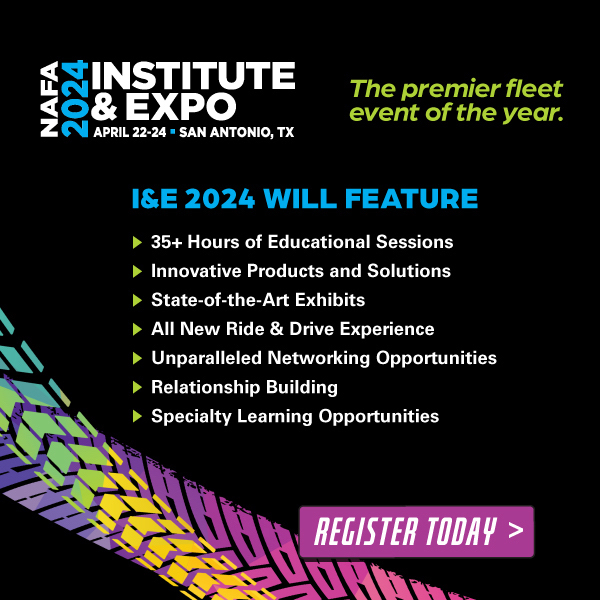
Dr. Keith Tao, a radiologist in Danville, Calif., owns three late-model Mercedeses, each equipped with a fuel-saving technology called start-stop.
The system saves fuel and reduces emissions by cutting the engine when the car comes to a full stop and restarting when the foot is taken off the brake.
One of the first things Dr. Tao does after starting the engine: He turns off the feature.
The problem, Dr. Tao says, is that the stopping and restarting is rather intrusive. “You actually feel it restarting,” he said. “In terrible stop-and-go traffic this thing comes on and off constantly. In 20 minutes you can have 50 stop-and-start cycles. It can drive you totally insane.”
Mercedes defends its technology, known as ECO Start/Stop, calling it “one of the most seamless systems,” according to Christian Bokich, a company spokesman. “Customers with any concerns always have the option of defeating the system each time they enter and start the vehicle.”
While start-stop technology may make some people crazy, the technology is here to stay.
That’s because manufacturers are under intense pressure to meet strict fuel economy standards by 2025 and they are using ever more creative ways to wring out every last bit of fuel efficiency from conventional gasoline and diesel engines.
Other approaches include increasing transmissions from six speeds to nine or 10; using electric rather than mechanical power steering systems; decreasing tire rolling resistance; and directly injecting fuel at high pressure into the cylinders.
The fuel savings with start-stop can add up. Under average driving conditions, savings are 3 percent to 5 percent. But with a lot of stops and traffic lights that stay red for extended periods, that can rise to 10 percent, said Robert Fascetti, vice president for powertrains at Ford.
“Start-stop clearly helps use less gas,” Mr. Fascetti said. “There’s no debate. You save fuel when the engine is off.”
Dr. Tao said he had not experienced that level of savings; he estimates the cut in fuel use to be about one mile per gallon.
Regardless, start-stop is destined to be on the majority of cars in the next few years. Ford now has it as a standard feature on its Escape and Focus vehicles, and on some engines in its top-selling F-150 pickup trucks. Eventually, 70 percent of Ford’s models will offer it, Mr. Fascetti said.
By the 2018 model year, all Buicks will come equipped with the technology. Currently Buick’s Encore and Envision offer it. In addition, it is available on several models from Cadillac and Chevrolet, including the ATS, Cruze, Impala and Malibu.
But minor cost savings and consumer disinterest are not dissuading manufacturers from introducing the technology.
“At some point, virtually every vehicle will have stop-start,” Mr. Muehleisen of Bosch said. “Once you get used to it, you’ll wonder why the engine is running when you’re stopped. It’s like brushing your teeth with the water on.”
Read more of the original article in The New York Times.



